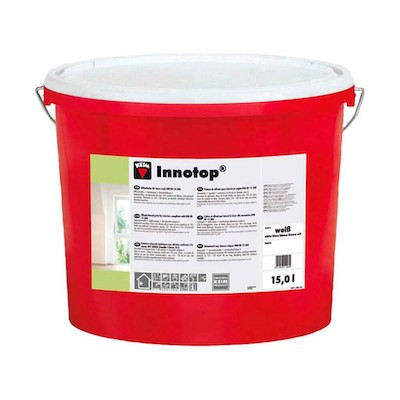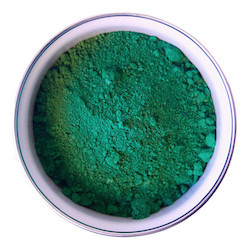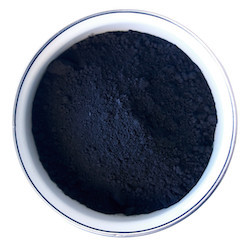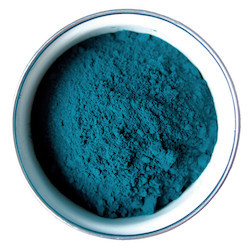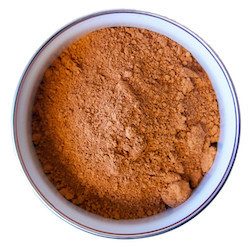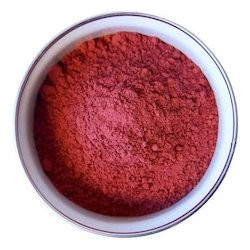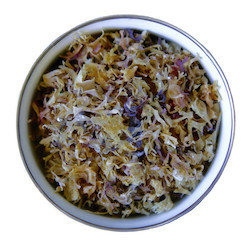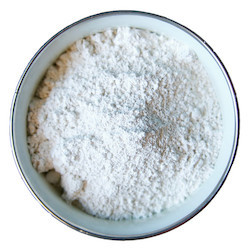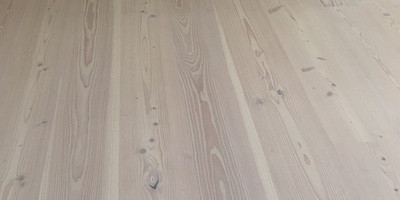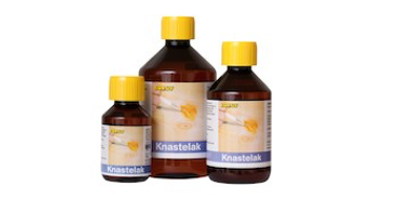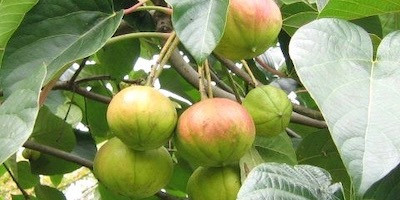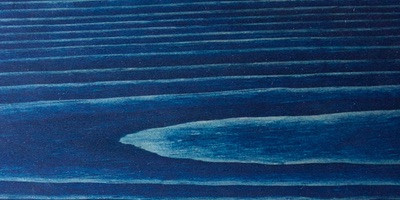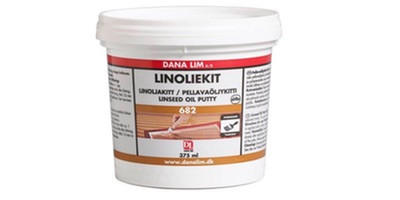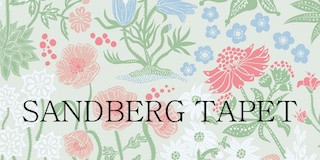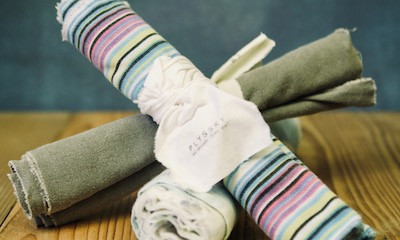-
MenuBack
-
Wall paint
-
-
Nature PaintOur very own wall and ceiling paint, appears matte and is also available in a many colors.
-
Beeswax washBeeswax Wash gives a contrasting look, with a natural play in the surface. For indoor use only.
-
-
Pure & OriginalLime paint for interior use, available in a multitude of pretty and beautiful colors
-
Pure & Original
-
St Astier lime paintLime paint from the Nordic NHL for interior and exterior use. Available in 24 standard colors
-
-
VerdelloA 100% bio-based paint that appears flat, and at the same time is very durable.
-
Verdello in colors
-
Glue PaintGlue paint colors, reflects the light in a soft and felt-like way, and gives the colors a beautiful and soft expression
-
-
Keim SilicateKeim silicate paint is a durable solution that can be used both indoors and outdoors.
-
TemperaTempera is a beautiful, classic and beautiful paint for walls and ceilings.
-
-
Masonry
-
-
Oil Paint
-
-
PIGMENT
-
-
Glue & wax
-
-
Woodwork
-
-
Wallpaper
-
-
Osborne & Little
-
-
Borås tapeter
-
-
-
Accesories
-
Chalk

Chalk
Origin
Chalk is a type of very fine limestone, which is formed from microscopic shell parts from fossil algae and their skeletons. Chalk deposits can be seen on, for example, Møn's or Stevn's cliff today. The chalk is muddied (cleaned) with water, after which it can be processed further. Chalk is used, for example, in cement production and as a general filler in many different types of paint. See below.
Distemper
In white or slightly tinted glue colours, chalk is the main ingredient, as chalk in water added to e.g. skin glue, bone glue, carrageenan or painter's glue (methylcellulose) gives a good covering colour. Supplementation with titanium white will increase the coverage.
Linseed oil putty
Chalk can be kneaded with linseed oil to make a window putty.
Linseed oil paint
In linseed oilpaint, chalk can be used for thickening, so that you can work with a slightly fuller layer without the paint wrinkling. But if you add chalk to a linseed oil paint, it reduces the quality of the paint. Especially outdoors, the paint will dull, weather too quickly and require re-treatment. It is better to add more pure pigment or reduce the amount of oil to get the right viscosity than to add too much chalk.
Degreaser
Can be used to remove excess oil residue on the glass when you putty windows with linoleum putty.
Shade lime in greenhouses
Chalk mixed in water can be used on the glass in the greenhouse to keep more light out and thus avoid burning the plants.
Emulsion paint
As a filer
Painting
As the main ingredient in Gesso for priming canvas before a painting begins.
Storage
Chalk must be stored dry.
Safety
Chalk is described as non-toxic. However, it is always advisable to use a dust mask when working with it.
Chalk
There is 1 product.
Active filters











